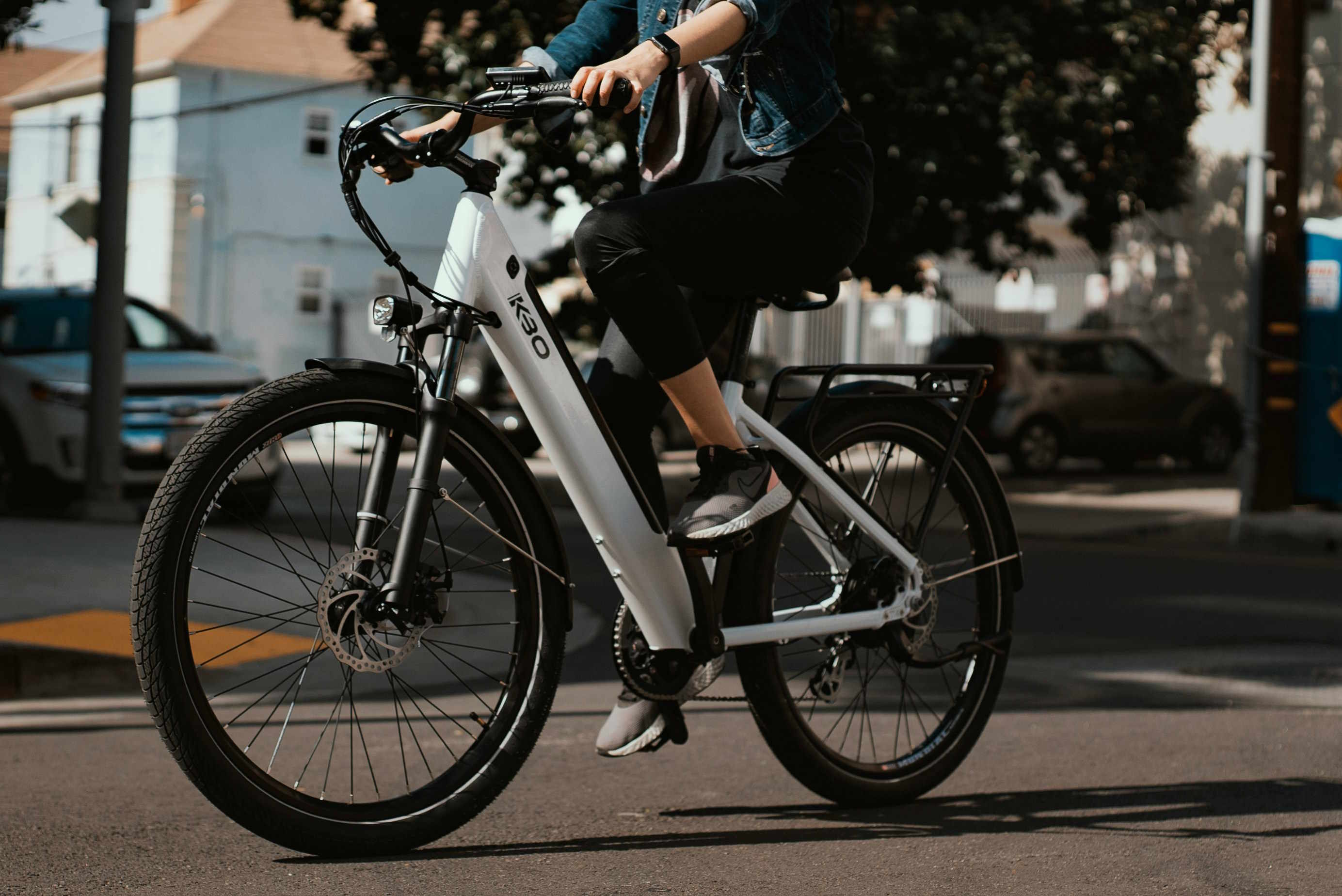A Guide to Different Types of E-Bikes and Their Ideal Use Cases. Finding the Right Model for Your Needs.
The world of electric bicycles offers a diverse range of models, each designed to enhance a specific type of riding experience. From compact foldable bikes for city commuters to powerful mountain e-bikes for trail adventures, the options can be vast. This article provides a clear overview of the main e-bike categories, such as city, cargo, folding, and mountain models. It aims to help potential riders understand the key differences and identify which type aligns best with their lifestyle, terrain, and primary usage goals without overwhelming them with technical jargon.
How Terrain Influences E-Bike Selection
The ideal e-bike type largely depends on where you plan to ride. Urban commuters benefit from city e-bikes featuring upright riding positions, integrated lights, and cargo capabilities. Mountain e-bikes suit off-road enthusiasts with robust suspension systems and wider tires for trail riding. Hybrid e-bikes offer versatility for riders who frequently switch between pavement and light trails, combining elements from both street and off-road designs.
Essential Maintenance Requirements for E-Bikes
Regular maintenance ensures optimal performance and longevity of electric bicycles. Key mechanical components requiring routine attention include brake systems, chain lubrication, and tire pressure checks. The electrical system demands specific care, including proper battery charging cycles, connection cleaning, and protection from extreme temperatures. Scheduling professional inspections every 6-12 months helps identify potential issues before they become serious problems.
Test Riding: A Critical Step in E-Bike Selection
Physical testing reveals aspects of e-bikes that specifications alone cannot convey. During test rides, evaluate the natural feel of the pedal assist system, assess the bike’s handling characteristics, and determine if the frame geometry suits your body type. Pay attention to the controller’s responsiveness, battery performance across assist levels, and overall riding comfort. Many specialty retailers offer extended test ride periods to ensure compatibility.
Understanding E-Bike Classifications and Regulations
E-bikes typically fall into three classes based on their maximum assisted speeds and operation methods:
-
Class 1: Pedal-assist only, up to 20 mph
-
Class 2: Throttle-assisted, up to 20 mph
-
Class 3: Pedal-assist, up to 28 mph
Local regulations may restrict certain classes from specific paths or require additional safety equipment. Checking current guidelines in your area ensures legal compliance and appropriate use of your e-bike.
Common E-Bike Types and Their Applications
| E-Bike Type | Primary Use Case | Key Features | Typical Range |
|---|---|---|---|
| City/Commuter | Urban transportation | Fenders, lights, rack mounts | 30-50 miles |
| Mountain | Off-road trails | Full suspension, wide tires | 20-40 miles |
| Cargo | Heavy load transport | Extended frame, strong motor | 25-45 miles |
| Folding | Mixed transit use | Compact storage, portable | 15-30 miles |
| Hybrid | Multi-surface riding | Versatile tires, mid-range components | 25-45 miles |
Prices, rates, or cost estimates mentioned in this article are based on the latest available information but may change over time. Independent research is advised before making financial decisions.
When selecting an e-bike, consider factors beyond initial purchase price, including maintenance costs, battery replacement intervals, and potential upgrades. The right choice balances your specific needs with practical considerations like storage space, charging accessibility, and local terrain characteristics. Regular maintenance, proper usage within legal guidelines, and thorough testing before purchase contribute to a satisfying e-bike ownership experience.





